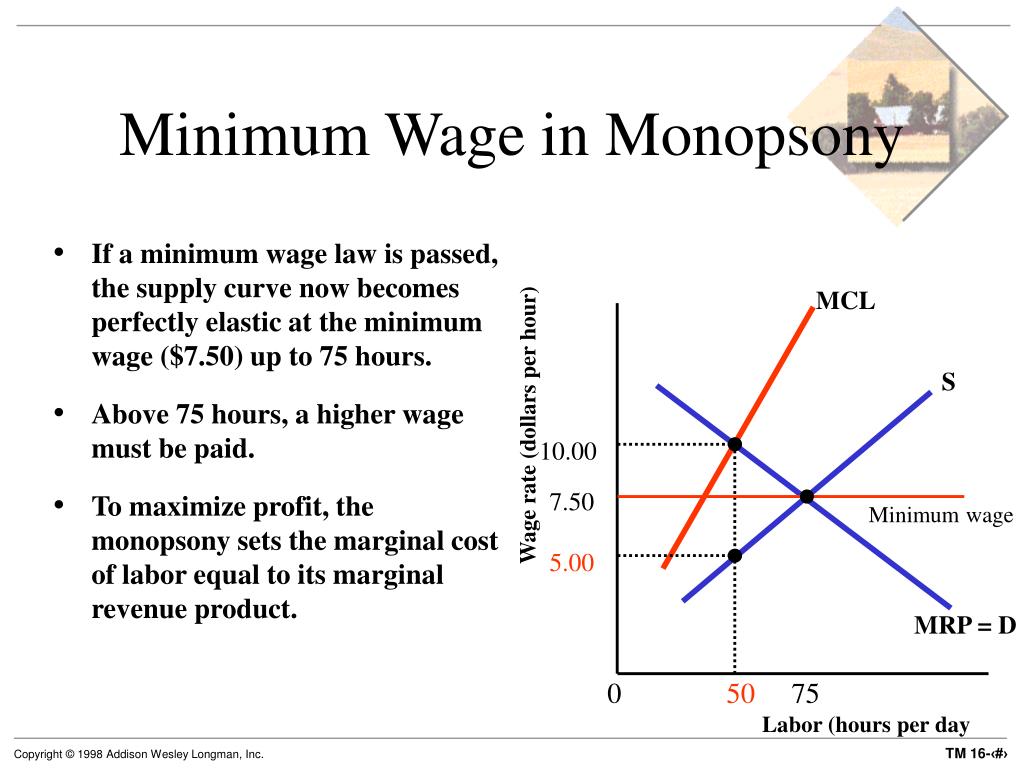

There are relatively insignificant barriers to entry or exit, and success invites new competitors into the industry. There are close substitutes for the product of any given firm, so competitors have slight control over price. Monopolistic competition: A market structure in which there is a large number of firms, each having a small portion of the market share and slightly differentiated products.Barriers to entry and exit exist, and, in order to ensure profits, a monopoly will attempt to maintain them. Monopoly: An industry structure where a single firm produces a product for which there are no close substitutes.The major types of market structure include the following: Market structure is determined by the number and size distribution of firms in a market, entry conditions, and the extent of product differentiation. Describe degrees of competition in different market structures.See below for how to draw a perfectly competitive factor market with side by side graphs.\) A firm’s supply curve shifts up or down with the market wage. A profit maximizing firm will hire the number of workers where the MRC=MRP.įor the firm, the demand curve will shift with changes in the firm’s worker productivity, demand for the firm’s products, and the price of the product (all three change the MRP). Any changes in the market wage will also shift the firm’s MRC and supply.įirm’s Labor Demand: The firm’s demand curve is equal to the marginal revenue product (MRP) of the firm’s workers and it is downward sloping. Also, the market wage equals the cost of hiring more workers so the supply curve equals the marginal resource cost (MRC). Since each firm can hire as many workers as it wants at the market wage, the labor supply curve for the firms is horizontal at the market wage. If the wage paid to all workers was $10, then in Chart B above, the firm would hire 4 workers because the marginal revenue product for 4th worker is $10 and that equals the marginal factor cost of that worker.

The profit maximizing number of workers to hire is where the MRC = MRP. In a competitive labor market, the MRC will be the equilibrium wage.Ī firm will hire workers as long as the MRP is greater than the MRC. Marginal Resource Cost (MRC): Sometimes called Marginal Factor Cost (MFC) is the firm’s cost of hiring more workers.


 0 kommentar(er)
0 kommentar(er)
